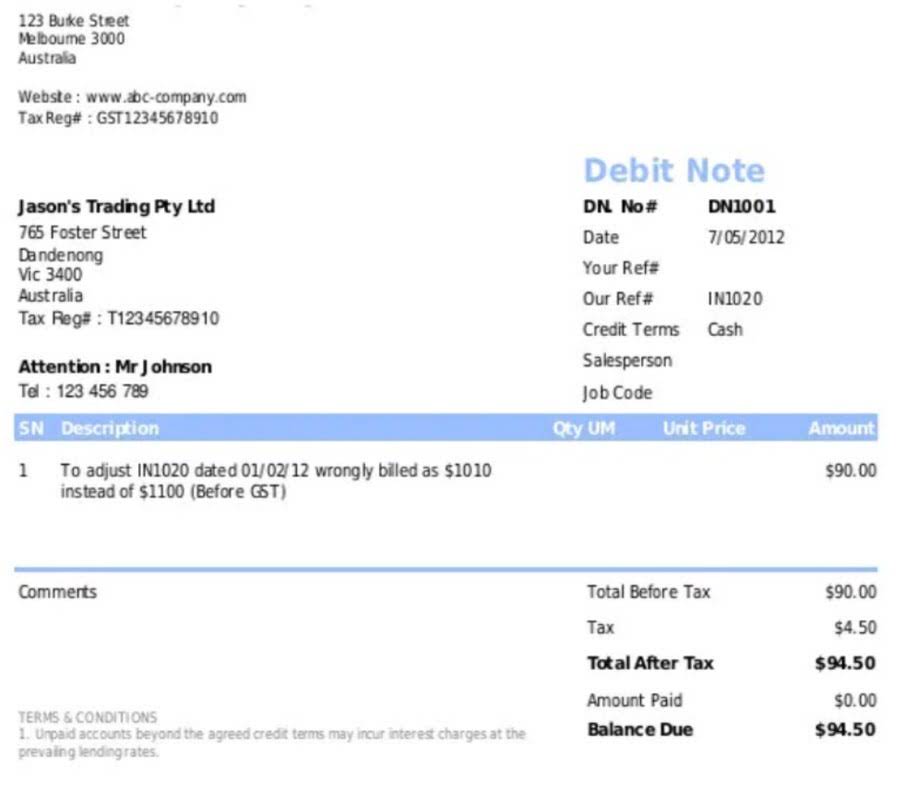
For instance, cash activity is usually recorded in the cash receipts journal. The account details can then be posted to the cash subsidiary ledger for management to analyze before it gets posted to the general ledger for reporting purposes. Accounting ledgers can be displayed in many different ways, but the concept is still the same. Ledgers summarize the balances of the accounts in the chart of accounts. The income statement follows its own formula, which works as follows. When a company receives payment from a client for the sale of a product, the cash received is tabulated in net sales along with the receipts from other sales and returns.
Small Business Ideas for Anyone Who Wants to Run Their Own Business

A trial balance is an internal report that lists each account name and balance documented within the general ledger. It provides a quick overview of which accounts have credit and debit balances to ensure that the general ledger is balanced faster than combing through every page of the general ledger. Sub-ledgers (subsidiary ledgers) within each account provide additional information to support the journal entries in the general ledger.
Purchase ledger
It’s a way of managing your day-to-day transactions and stay on top of possible accounting errors. Every business transaction is recorded twice—once as money leaving an account (a credit) and again as money entering an account (a debit). These sources help you to verify that the amounts recorded in the Ledger accounts are accurate. However, reconciling individual account balances becomes extremely easy with online accounting software like QuickBooks. The process of setting up a chart of accounts involves structuring the accounts to be used, and assigning specific codes to the different general ledger accounts. The numbering system requires some thought, as it will impact the way that your accounting data is recorded, stored and retrieved, suggests Accounting Tools.
How a General Ledger Functions With Double-Entry Accounting
It is a group or collection of accounts that give you information regarding the detailed transactions with respect to each of such accounts. Your general ledger numbering system can keep track of your business income. By assigning account number 4100 to product one, account number 4200 to product two and account number 4300 to product three, you can see how much income each product generates. Kristen Slavin is a CPA with 16 years of experience, specializing in accounting, bookkeeping, and tax services for small businesses. A member of the CPA Association of BC, she also holds a Master’s Degree in Business Administration from Simon Fraser University. In her spare time, Kristen enjoys camping, hiking, and road tripping with her husband and two children.
Larger companies will likely have several areas bringing in operating revenue and might want to track these revenues across divisions, departments, or product lines. Your long-term liabilities, which include debts like mortgages and bonds, are listed after your more current liabilities. A tech savvy accounting and bookkeeping firm serving small and midsized businesses, we focus on building scalable accounting department for our how are accounts in the general ledger numbered clients. You must reconcile all General Ledger accounts with external sources, including bank statements, credit card statements, and customer or vendor invoices. The only reason why regular reconciliations are essential is because they help you rectify any discrepancy, avoiding errors that could accumulate with time. As you would have guessed, reconciliation aims to recognize and rectify discrepancies in the general ledger.
Get the smartest minds involved in handling your business accounting
As a supplement to the general ledger, your chart of accounts lists the account names and purposes of all your sub-ledgers. The sub-ledgers you use will depend on what type of business you run. When you hire a bookkeeper who understands your industry, they’re able to set up your books using sub-ledgers that make sense for you.
- This is basically a subset of the general ledger and focuses on the penny your company owes to its suppliers.
- Further, the shareholder’s equity includes share capital, retained earnings, and treasury stock.
- This template gives you everything you need to set up a simple, single-entry accounting system for your business.
- If the assets you have recorded don’t equal the value of your equity plus liabilities, your account balances don’t match and need to be corrected.
- An international corporation with several divisions may need thousands of accounts, whereas a small local retailer may need as few as one hundred accounts.
Need further help with GL codes?
- Also, a detailed general ledger may be requested by an auditor should the accounts ever be audited.
- This article will review what a chart of accounts is and why it’s important to the financial health of your company.
- By separating each account by several numbers, many new accounts can be added between any two while maintaining the logical order.
- If you’ve worked on a general ledger before, you’ll notice the accounts for the ledger are the same as the ones found in a chart of accounts.Keeping your books organized does not need to be a chore.
- There are a few things that you should keep in mind when you are building a chart of accounts for your business.
This is because you can easily verify if various accounting items are classified and recorded accurately with the help of the given information. You may choose to conduct an internal audit or get your accounts audited by an accounting professional. Therefore, General Ledger acts as an important financial record that is audited whatever may be the case. As per this principle, there are at least two accounts involved when a particular transaction takes place. Further, the Duality Principle is expressed in terms of the below accounting equation. Changes – It’s inevitable that you will need to add accounts to your chart in the future, but don’t drastically change the numbering structure and total number of accounts in the future.
Why Is a Chart of Accounts Important?
This is so because you do not want to understate expenses in your financial statements for the next 12 months. Needless to say, General Ledger is one of the primary books of entry. Thus, it forms the basis of your financial statements and helps you in evaluating the financial affairs of your firm.
- To maintain financial health, your total debit balances must equal your total credit balances.
- Yes, it is a good idea to customize your chart of accounts to suit your unique business.
- Speaking of record keeping of transactions, we will take a slight detour here to look at GL codes.
- For example, you identified that a payment of $1,000 to your vendor William Paper Mill was wrongly recorded as $100.
- Now, it becomes challenging for you to identify this transaction if the Ledger Accounts are not prepared.
Speaking of record keeping of transactions, we will take a slight detour here to look at GL codes. Revenue is the business‘ income that is derived from the sales of its products and/or services. Revenue can include sales, interest, royalties, or any other fees the business collects from other individuals or businesses.
Manufacturing Transaction Categories

Then, you summarize that information in a master notebook—the general ledger. As you can see, columns are used for the account numbers, account titles, and debit or credit balances. The debit and credit format makes the ledger look similar to a trial balance. Other ledger formats list individual transaction details along with account balances. Thus, General Ledger contains individual accounts in which similar transactions are recorded.
